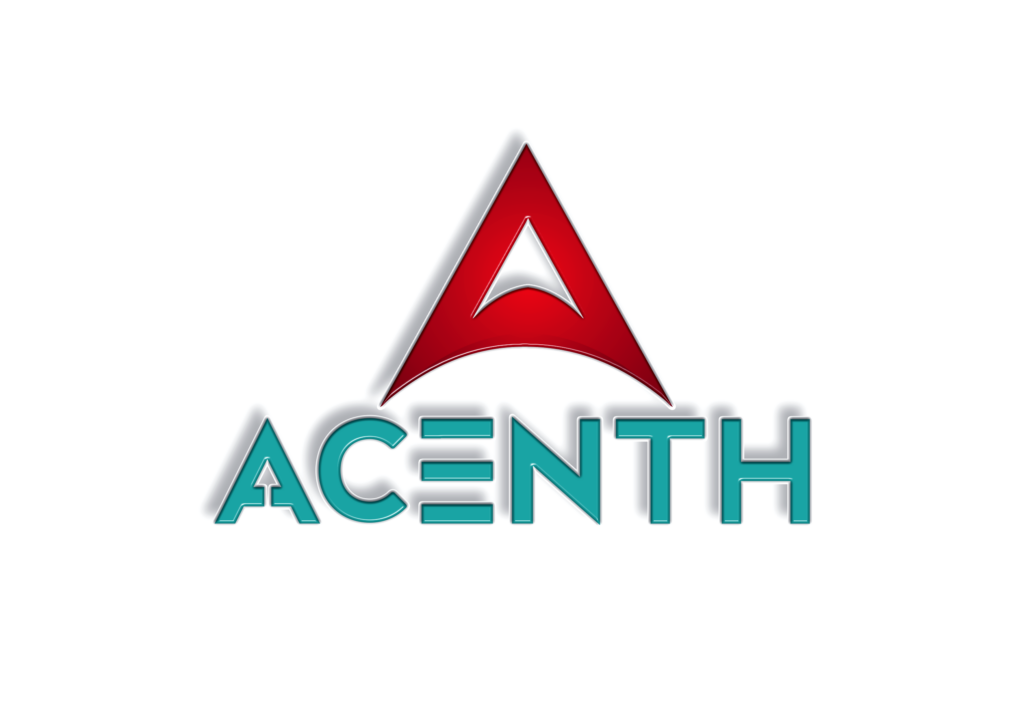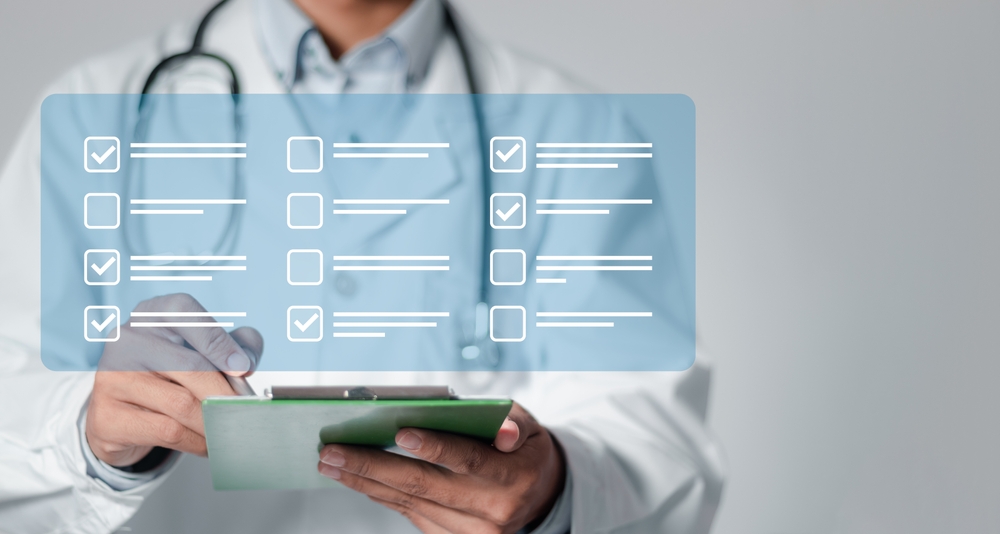Acquiring and implementing medical devices is a significant investment for healthcare practices. From diagnostic tools to therapeutic technologies, these devices enhance patient care and streamline operations. However, the financial burden can be daunting, especially for small to medium-sized practices. To ensure successful integration, it is essential to develop a comprehensive financial strategy that balances cost management with clinical needs. This guide delves into effective approaches for acquiring medical devices, with a focus on sustainability, compliance, and long-term value.
Assessing Financial Readiness
Before investing in a medical device, healthcare practices must evaluate their financial capacity. This involves analyzing costs beyond the initial purchase price, including maintenance, training, and potential upgrades.
Key Considerations:
- Initial Investment
- What is the upfront cost of the device?
- Are there options for bulk discounts or negotiation?
- Operational Costs
- Maintenance expenses, such as parts replacement and technical support.
- Staff training programs to ensure device proficiency.
- Revenue Potential
- Will the device attract new patients or enhance current services?
- How quickly can the practice expect a return on investment (ROI)?
Financial readiness is not just about having funds available but also ensuring that the investment aligns with the practice’s goals.
Financing Options for Medical Device Acquisition
Healthcare practices have several financing options to acquire medical devices, each with unique advantages and limitations.
1. Direct Purchase
- Advantages:
- Complete ownership of the device.
- No recurring lease payments.
- Disadvantages:
- High upfront costs may strain cash flow.
- Maintenance and upgrades are the owner’s responsibility.
2. Leasing
- Advantages:
- Lower upfront costs.
- Access to the latest technology through lease upgrades.
- Disadvantages:
- Long-term costs may exceed purchase price.
- The practice does not own the device at the end of the lease.
3. Equipment Loans
- Advantages:
- Spread out payments over time.
- Fixed interest rates for predictable budgeting.
- Disadvantages:
- Interest costs add to the overall expense.
- Defaulting on loans can impact creditworthiness.
4. Vendor Financing
- Advantages:
- Convenient, as financing is arranged through the device manufacturer.
- Flexible payment terms tailored to the practice’s needs.
- Disadvantages:
- Limited negotiation power on interest rates or loan terms.
Each financing method requires careful evaluation of terms, costs, and long-term implications.
Budgeting for Maintenance and Upgrades
Investing in a medical device is not a one-time expense. Ongoing costs for maintenance, upgrades, and compliance must be incorporated into the financial strategy.
Maintenance Budgeting
- Schedule regular inspections to prevent costly repairs.
- Allocate funds for service agreements that cover routine maintenance and emergency support.
Upgrade Planning
- Monitor advancements in technology to determine when upgrades are necessary.
- Negotiate upgrade clauses in leasing agreements or service contracts.
Budgeting for these expenses ensures that devices remain operational and compliant with regulatory standards.
Optimizing ROI Through Efficient Utilization
Maximizing the return on investment for medical devices involves more than financial planning—it requires strategic utilization to enhance patient care and practice efficiency.
Strategies for Optimal Utilization:
- Staff Training
- Provide comprehensive training to ensure staff are proficient in operating the device.
- Reduce downtime caused by operator errors.
- Patient Volume Management
- Market new services enabled by the device to attract patients.
- Streamline workflows to increase device usage without compromising care quality.
- Data Integration
- Connect devices to electronic health record (EHR) systems for seamless data sharing.
- Enhance decision-making with real-time access to diagnostic results.
By leveraging these strategies, practices can boost efficiency and patient satisfaction while ensuring a quicker ROI.
Compliance and Reporting Considerations
Financial strategies must also account for regulatory compliance and reporting requirements. Non-compliance can lead to fines, reputational damage, or even loss of the device.
Key Compliance Steps:
- Maintain detailed records of device usage and maintenance.
- Report malfunctions or inconsistencies to regulatory authorities promptly.
- Ensure devices meet safety and performance standards through regular audits.
Adhering to these protocols safeguards the practice from financial and legal risks.
Collaborative Opportunities for Cost Sharing
Practices can explore collaborative opportunities to reduce the financial burden of acquiring medical devices.
Examples of Collaboration:
- Shared Equipment Models:
- Partner with neighboring practices or hospitals to share high-cost devices.
- Schedule usage to accommodate all stakeholders.
- Grants and Subsidies:
- Apply for government grants or subsidies aimed at improving healthcare access.
- Research Partnerships:
- Collaborate with CROs or academic institutions to share costs in exchange for data access or research insights.
These collaborations enable practices to access advanced devices without bearing the full financial burden.
Long-Term Financial Planning
Sustainable financial planning ensures that medical device investments remain viable over time.
Key Components:
- Financial Reserves:
- Establish a reserve fund to cover unexpected expenses or emergencies.
- Insurance Coverage:
- Secure insurance policies that cover device malfunctions or damages.
- Periodic Financial Reviews:
- Conduct regular reviews to evaluate ROI and adjust budgets as needed.
Long-term planning positions practices to adapt to evolving financial and technological landscapes.
Building a Future-Ready Practice
Acquiring and implementing medical devices is a transformative step for healthcare practices. By adopting well-rounded financial strategies, practices can not only manage costs effectively but also enhance their service offerings and patient outcomes. From evaluating financing options to optimizing device utilization, every step plays a crucial role in achieving sustainability and success.
Sources
- Becker, R., & Simmons, J. (2021). Financial Planning for Medical Practices. Journal of Healthcare Finance.
- Green, A. L., et al. (2020). Cost Management in Healthcare Technology. Healthcare Management Review.
- Hall, M. J. (2019). Leveraging Financial Strategies for Medical Devices. Medical Economics.






















